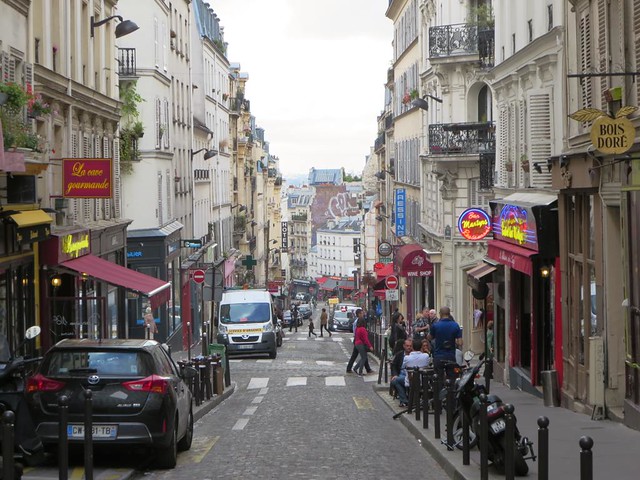Driving and Autos: Auto
There are more than 30,000 km (18,600 miles) of national roads (routes nationales), which bear the prefix N. on maps. Regular motorways have the prefix A. Minor roads, designated in yellow on Michelin road maps, are the charge of départements rather than the central government and are classified as D roads. On national roads, if you don't see a speed limit posted, assume it is 100 kph.
Expect to pay tolls when traveling on motorways. You'll find that the roads are generally well maintained, but one time you might want to avoid cross-country motor travel altogether is during the peak travel weeks of summer holidays. Between roughly July 25 and August 10 and from August 25 to about September 10, roads may be clogged.
Driving in the countryside of France is one of the great experiences of Europe. On the major highways, service stations are situated every 25 miles or less. Service stations are as plentiful on secondary roads, and the convoluted back roads of France lead to some wonderfully remote places. If you get quite far off the main roads, don't be surprised to find a service station attended only by the clerk at a grocery store or a cottage, summoned by ringing the house bell.
Driving in Paris is frequently a source of frustration and headaches. The taxi and public transport systems are excellent alternatives.
In many cases, lane markings and sign placements are not as clear one would wish. Drivers should be prepared to make last-minute maneuvers, as most French drivers do. French drivers usually drive rather aggressively and tend to exceed posted speed limits. Drivers entering intersections from the right have priority over those on the left (unless specifically indicated otherwise), even when entering relatively large boulevards from small side streets. Many intersections in France are being replaced by circles, where the right-of-way belongs to drivers in the circle.
Since February 2008, drivers in France are obliged to carry a reflective safety vest or triangle in their car in case of emergency. If you find yourself experiencing mechanical trouble, you are required to put the safety vest on before getting out of your car.
Rental cars are widely available throughout France. In particular, they are easy to rent at railway stations, and discount may apply to rail/drive packages when you purchase a train ticket. You'll need your passport, valid driver's license, and credit card in your name along with proof of international or French insurance, which should be with you any time you are driving. The minimum driving age is 18, but to rent the car, you must be at least 21, or 25 at some agencies.
Inside the car, everyone needs to be well secured. This means seatbelts for all passengers. Also, children under 10 must be in the back seat.
Source: US Department of State
Copyright © 1993—2025 World Trade Press. All rights reserved.

 France
France 